
views
Making Learning Personal
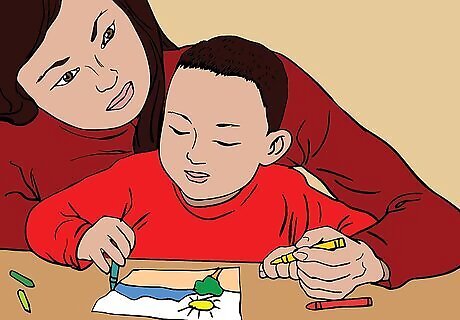
Incorporate your students’ specific interests. When you appeal to your students’ interests, it is easier to engage them in the lesson and get them excited about the concepts. As an educator, take time to ask your students about their hobbies and interests. If possible, find a way to incorporate these interests into your lesson plans. Also, allow your students to suggest topics and or bring in materials, such as books, games, or apps, that they enjoy and want to share with the class. As a parent, find ways to merge your child’s interests with educational content. If they are interested in trucks, find books and educational games about trucks. If they are into music, use sheet music to explore fractions.
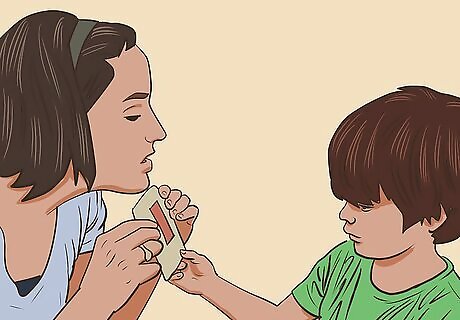
Structure your students’ learning time to meet their needs. It is irresponsible to assume that all kids learn in the same way and at the same rate. As parents and educators, evaluate the specific needs of each child. Determine if they have trouble sitting still. Examine how they learn best—are they auditory learners, visual learners, or physical learners? Use this knowledge to structure your lesson plans and at-home lessons. If they have trouble sitting still, give them plenty of breaks to move around. If they are visual learners, incorporate lots of images into your lessons. If you are unsure about your students' learning styles, try using a quiz or quick assessment to get an idea. There are a number of these available for free online. If you have the resources, you may even consider bringing in a specialist.

Provide your students with opportunities to teach each other. When children are placed in charge of their own learning or the learning of others, they are encouraged to learn the material as thoroughly as possible. As an educator, provide your students with opportunities to teach each other. Assign each student a topic and ask them to prepare a lesson on their topic—it is now their responsibility to know that topic inside and out. Once they have prepared a lesson, have them present the material to a small group or in front of the class. Have students work in pairs or small groups. Instead of asking you for help, encourage them to rely on each other to solve any problems they encounter. Assign them group projects, which allow them to engage one another and make learning more fun. Partner a student that is struggling with a student that has mastered a topic. Ideally, the student that is struggling will ask the other student questions. As a parent, provide your child with the chance to teach you what they are learning. If your child is struggling to solve a problem, don’t give them the answer. Instead, ask them specific questions about the content, such as “How do you know ____?” or “How would you solve ____?”

Get involved in your student’s or child’s learning. When your students or kids are studying or taking part in an educational activity, join in. If you become an active participant in their education, you will model study habits, problem-solving skills, and the feelings of joy one feels when learning something new. If they suspect that you do not enjoy the activity or the content, they will assume that the activity or content is simply not worth their time. Spend one-on-one time with them. Most children like receiving individual attention because it makes them feel important. When you meet a child's desire for affirmation, they are more likely to be receptive to the lesson. When the kids sit down for quiet reading time, take the opportunity to do some reading of your own.
Making Learning Accessible and Relevant

Create hands-on-learning opportunities. Children retain information better when their hands and their brains are simultaneously busy, or engaged. This is accomplished by developing lessons and activities that require students to talk, listen, and move. These types of lessons and activities will benefit active, auditory, and visual learners. Incorporate more arts and craft projects into your lessons. Have students move around to different learning stations. Group students by interests or strengths. Provide them with activities that let them explore a topic in a way that engages them.

Take your students on field trips. Field trips provide students with the opportunity to connect the abstract concepts they are learning inside the classroom to the real world. As an educator, select field trips that promote hands-on learning. For example, if you are studying your nation’s government, take them to your state’s capitol building. As a parent, you have the luxury to use your time and resources a little more creatively. Take your child to an art museum out of state to see their favorite painting or to a distant historic site to experience your nation’s history. Sign your child up for an engineering camp or have them shadow one of your friends at an office.

Allow students to utilize their imaginations. Instead of limiting or checking their imagination, allow their creativity to run rampant. Foster their creativity by designing lessons that encourage the use of arts and crafts, role-playing, or a range of similar activities. When teaching students about the judicial branch, have your students hold a mock-trial. When younger students study historical figures, ask them to dress up as their subject for a formal presentation. Provide your children with the freedom to express themselves through a variety of forms. Let them choose how they express their learning by giving them multiple options for projects. You could, for example, let them pick between a writing a story, drawing a picture, or performing a reenactment for a history lesson.
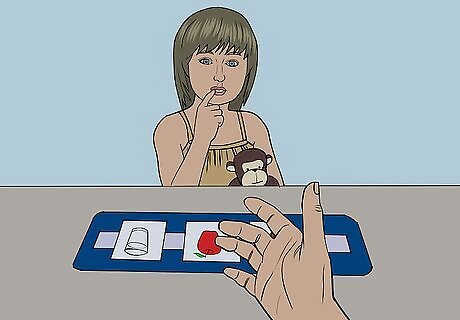
Play educational games. After teaching a lesson to your students or studying a concept with your child, allow them to play an educational game that will test them on their new knowledge. Find a relevant educational game through a quick internet search or download an app on your tablet. Create a review game based on a popular game show or hold a trivia tournament. Encourage your students or children to play board games or card games. EXPERT TIP Joseph Meyer Joseph Meyer Math Teacher Joseph Meyer is a High School Math Teacher based in Pittsburgh, Pennsylvania. He is an educator at City Charter High School, where he has been teaching for over 7 years. Joseph is also the founder of Sandbox Math, an online learning community dedicated to helping students succeed in Algebra. His site is set apart by its focus on fostering genuine comprehension through step-by-step understanding (instead of just getting the correct final answer), enabling learners to identify and overcome misunderstandings and confidently take on any test they face. He received his MA in Physics from Case Western Reserve University and his BA in Physics from Baldwin Wallace University. Joseph Meyer Joseph Meyer Math Teacher Effective teaching strategies consider a student's individual strengths. Tailoring instruction to a student's existing skills and encouraging collaborative activities can improve a student's outcome. Recognizing diverse learning styles allows for a stronger approach, fostering potential in all learners.
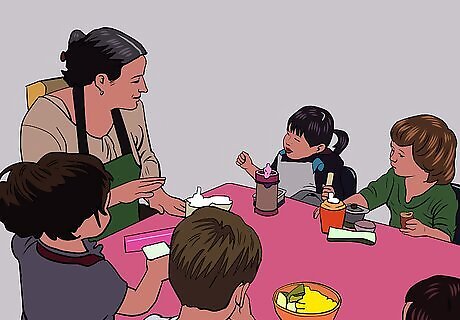
Make abstract concepts relevant. Throughout their educational career, students are introduced to numerous abstract concepts that seem irrelevant to their lives. When you teach a new lesson, it is important to explain how the concepts are used by people on a day to day basis. To explore mathematical and business principles, have the kids set up a store or lemonade stand. Encourage them to set prices, keep track of the inventory, and account for the money. Ask students to find recent news articles or tv clips that relate to what they are learning in school. Have your students role play: Conduct a mock trial. Host a salon and ask each person to come as an important historical figure. Reenact a famous battle. Hold a mini-model UN session.
Incorporating Games and Technology into Lessons
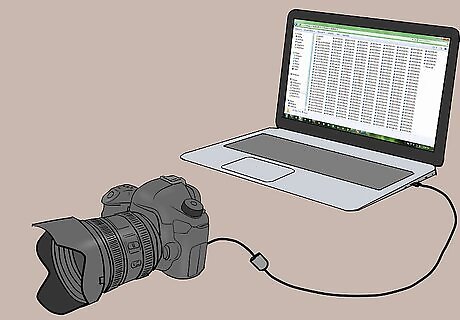
Assign digital projects. Today’s children are born into a digital age. They love technology and are very adept at using it. Capitalize on their desire to use technology by incorporating it into their assignments. Instead of writing a journal, let them to document their experiences with a digital camera. Allow students to use computers and tablets to conduct research. Ask students to build websites, create videos, or develop a podcast. Allow kids to listen to required readings.

Utilize technology in your lessons. As educators and parents, you can make learning more fun by capitalizing on children’s love for all things digital. In addition to lecturing, use digital presentation tools to present your lessons. If you are a teacher, incorporate brief educational videos into your lectures. If you are a parent, use brief educational videos to explain concepts your child is struggling to grasp. Instead of learning a world language, allow your kids to learn how to code.

Watch or listen to educational programing. As a teacher and parent, consider supplementing lectures and traditional readings with educational videos, podcasts, and plays. Kids that may appear inattentive during a lecture, may be captivated by audio-visual materials. Show and listen to materials that are relevant to what the kids are learning. As a reward for completing a great work of literature, take your class or child to see the theatrical adaptation.

Allow kids to play electronic games and educational apps. Educational apps and electronic games have acquired a prominent role in teaching our children basic skills and concepts. When used as a complement to traditional methods of learning, these educational tools can improve children’s classroom performance. Other benefits include: Improving kids tech skills Portability and availability Exposure to alternative methods of learning Utilizing leisure time

















Comments
0 comment